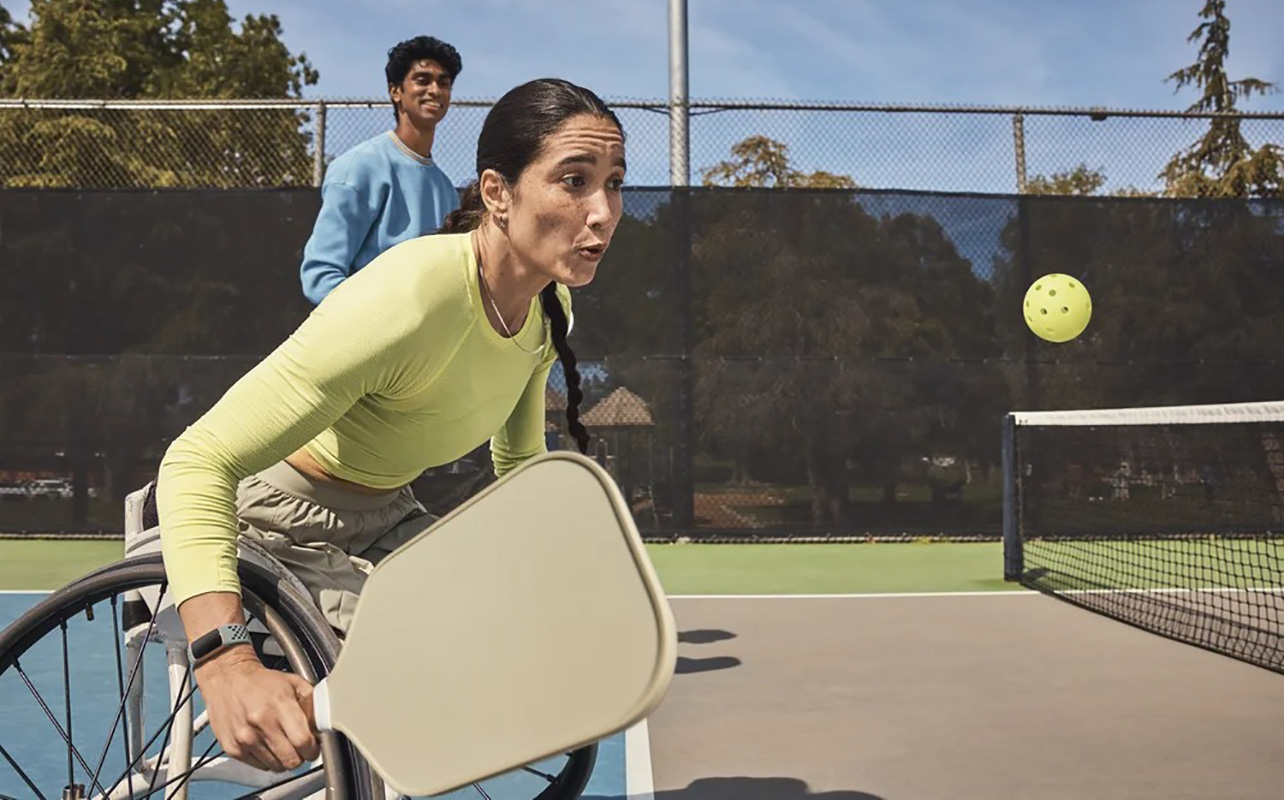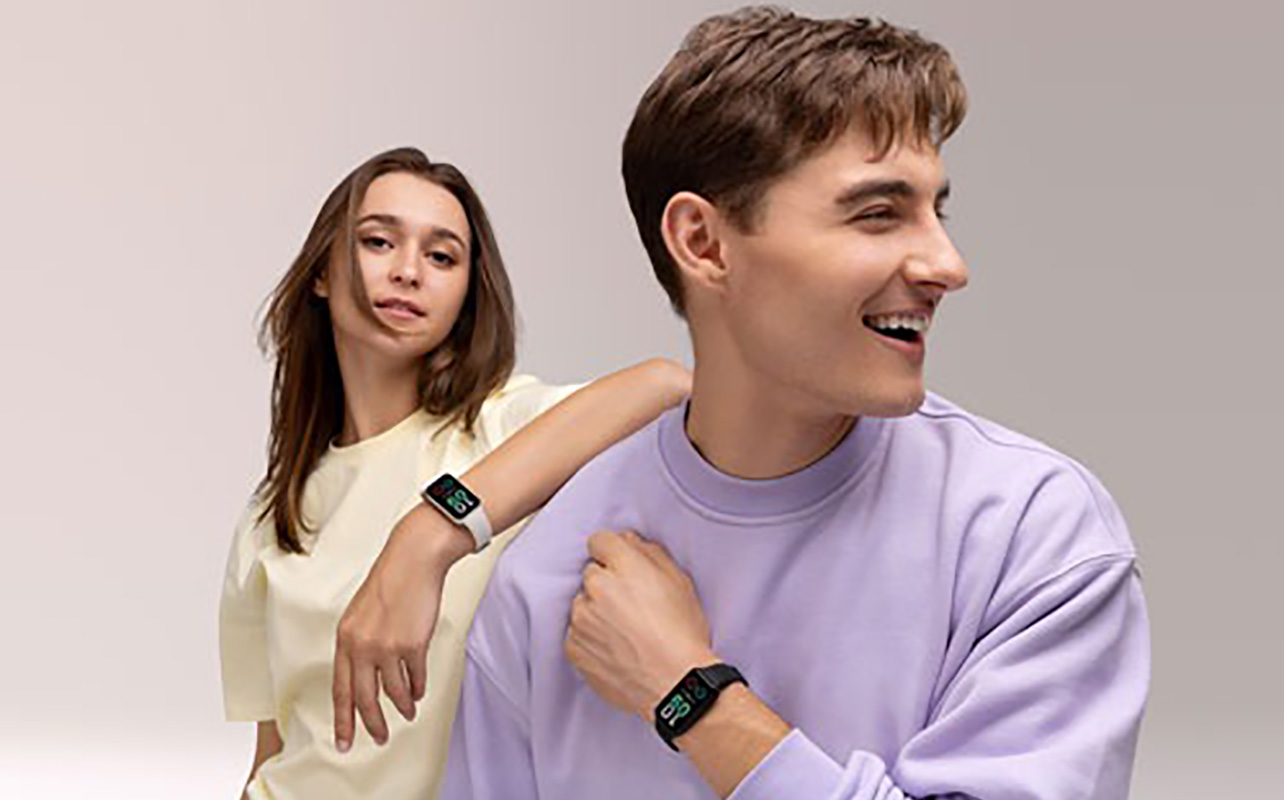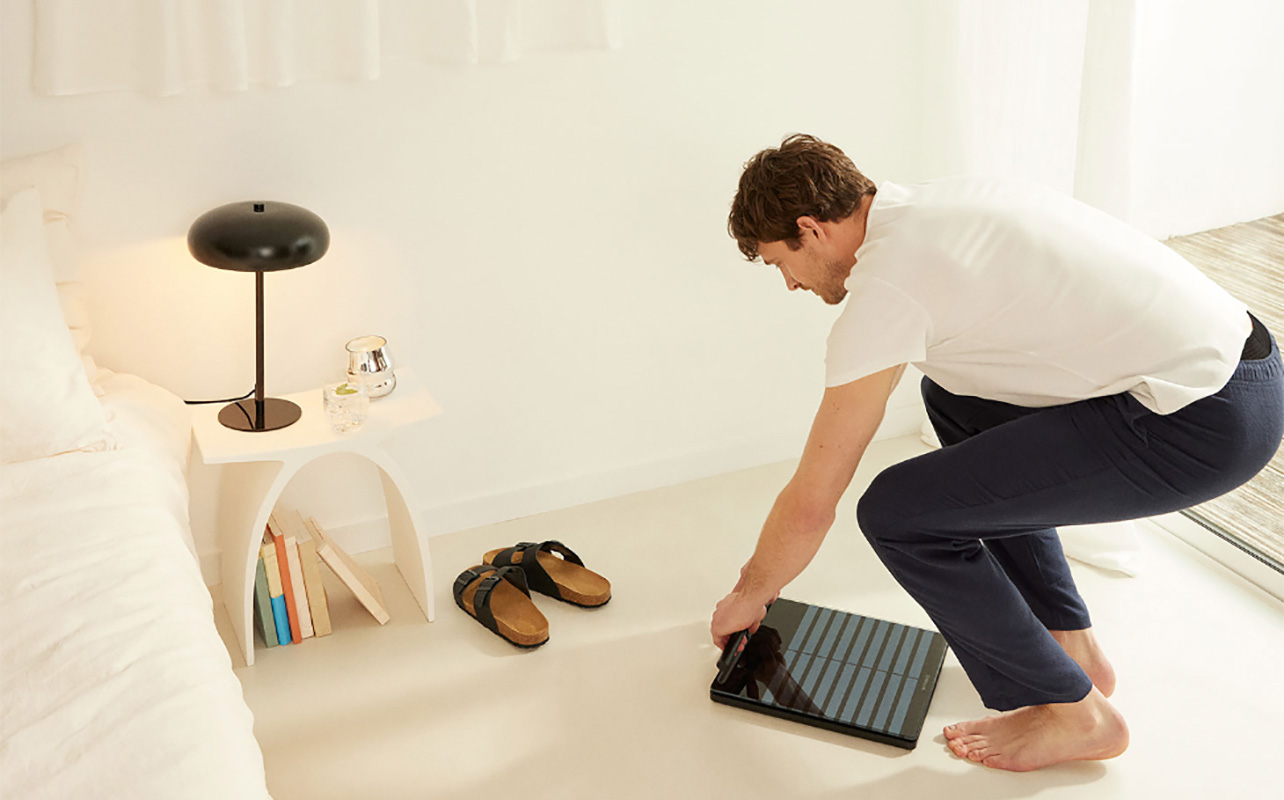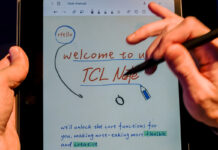
When you’ve made a commitment to get fit or you’ve decided it’s time to start adopting healthier daily habits, a fitness or activity tracker will get you off the couch, improve your endurance, and challenge you to improve your physical and mental health every day. There are a lot of different choices when it comes to activity and health trackers. Here is a look at what’s available so you can choose the right tracker for you.
Table of Contents:
- Choosing an activity tracker
- Measuring performance
- Other features to look for
- Smart rings are all the rage right now
- Connected health
Choosing an activity tracker

Everyone has a favourite activity or activities they like to do to get fit or have fun. While you may be a runner or like long walks, your friend might like to hike or cycle. Every activity tracker has basic features to track your favourite activity right out of the box, and you can use that data to work toward your goals.
Everyday tracking
When you’re just starting out and you’re wondering how much activity you get every day, a fitness tracker can give you that information and inspire you to keep moving. The basic features of activity trackers include step, distance, sport/activity, and calorie tracking. Most trackers also track stairs climbed and sleep as part of the basic features.
Steps tracked
How many steps you take per day can affect your fitness level, and it’s recommended you take between 8,000 to 10,000 steps every day. With an activity tracker on your wrist, you’ll know how many steps each day. You can also compare this over time over weeks, months, even years to can see your progress. Some activity trackers have sensors designed to track how many flights of stairs or how many floors you climb every day. That data will be useful in helping you decide if you should try to skip the elevator more often.

Distance traveled
When you’re embarking on a healthy new lifestyle, every step you take adds up. An activity tracker will track your distance traveled every day so you can set a goal to meet or beat that distance. Those with built-in or connected GPS can also track your route. You can see the path you walked, ran, or cycled on a graph in the companion app. Some also show pertinent data like elevation, heart rate patterns throughout, and more.
Calories burned
A journey towards better health isn’t all about steps, which is why fitness trackers deliver additional data. This includes the number of calories you burn every day. One of the basic features of an activity tracker is using the acquired data to determine how many calories you have burned from a workout. With that knowledge, you can adjust your food intake or see where you can challenge yourself to burn more. You can also set calorie burn goals. Many fitness trackers work with third-party food logging apps as well. With these, you can log your meals and snacks to calculate your calorie consumption related to calories burned.
Sleep quality
Sleep is one of the most important parts of a healthy lifestyle. Getting the right quantity and quality of sleep can be challenging. A wearable activity tracker can help by monitoring your sleep. Most nowadays provide you with data on not only sleep duration but also the hours you spent in deep, light, and REM sleep stages. You may also get a Sleep Score that can help you determine where and how to improve.
Performance activity trackers

After you’ve tested the waters with a basic activity tracker to understand how they work, you can upgrade to a performance activity tracker. These advanced activity trackers are great for someone who is exercising regularly or preparing for a competition. But the more advanced features they provide can be beneficial to just about anyone who cares about their health and wellness.
Heart rate monitoring
Heart rate is important when exercising. Reaching peak heart rate levels is crucial for burning calories. It’s also important that you keep an eye on your status so you don’t overexert yourself. You may also want to use this as an indication to pick up the pace if your heart rate hasn’t reached the next zone. Additionally, many fitness trackers can also monitor your resting heart rate. This ties to overall health and could alert you to issues if you recognize that your resting heart rate is too high, for example. Some fitness trackers can even take on-demand ECG readings so you can check heart health on the fly.
Speed
An activity tracker that monitors your speed is important for people who are training for a marathon or other fitness activity. You can set goals to improve your speed and see how it has improved over days and months.
GPS
If the activity tracker has GPS, you can keep track of your routes on a map, viewable in the app. You can also see additional details about your activity, including heart rate, pace, and more. Some fitness trackers designed specifically for runners will provide more specific data. Some trackers have more accurate GPS satellite positioning than others. There are two ways to use GPS with a fitness tracker. Built-in GPS means the tracker itself has this feature, so you can leave your phone at home. With connected GPS, the tracker needs to be within range of your phone to capture the data alongside mapping.
Multisport tracking
There are so many different types of activities to try. Not everyone is a runner or wants to walk for fitness. Fitness trackers with multisport tracking let you select from a variety of workout, activity, and sport types. These commonly include things like walking, running, treadmill, rowing, cycling strength training, and even swimming for models that are water-resistant. More recently, you’ll find ones like HIIT (High-Intensity Interval Training), jump rope, even activities like Tai Chi, skating, martial arts, even gardening, with some models. In most cases, this is merely for the purposes of you keeping track of what you did and when. But for some, special sports modes have special tracking features. Swim tracking, for example, might keep on top of your laps. HIIT training may include times for rest between vigorous sets.
Other features to consider when choosing an activity tracker

The most basic features of activity trackers are important. The same goes for some of the advanced features noted above, depending on how and when you want to use it. But there are also a few other considerations you’ll want to keep in mind when choosing a tracker.
What style of health tracker do you like?
The style of health trackers varies. You can find trackers that are discrete and look like traditional watches. You can wear that type of fitness tracker to work, school, and everywhere in between. Swap out the bands so it flows with your style for a night out.
There are also activity trackers that have that unmistakable fitness tracker style of simple band and faceplate. The best part of choosing an activity tracker is that there are a wide variety of styles and colours, so you’ll find one that suits you perfectly.
You should also keep in mind that there are different styles of activity trackers available for the entire family. Kids activity trackers will track basic data like steps, distance, and sleep. Additionally, some children’s trackers help encourage healthy habits with regular reminders for brushing their teeth, doing chores or homework, and more. Some have games, even connectivity features.
Display on activity trackers
You can choose what type of display your fitness tracker has. Most traditional fitness trackers have a long, rectangular display with text that scrolls across for notifications. Some have wider faces than others. When you get into the larger sizes and squares and circles, you are more into the smartwatch category.
Smart rings are all the rage right now

Another category to note is smart rings, which are gaining steam now that other brands beyond Oura have joined the space, like Samsung with its Galaxy Ring. Oura, meanwhile, launched its Oura Ring 4 as the latest model in the line. While smart rings don’t have screens like traditional fitness trackers, they collect all of the same data. They work through connection to your skin, measuring everything from activity to sleep, heart rate, body temperature, stress, blood oxygen, and more.
These represent the most discreet type of fitness tracker since they look like jewelry on your finger. You need to rely on the app and notifications from the app to keep an eye on daily data. Some require a subscription for additional tracking, others do not. Smart rings can also be used in conjunction with a fitness tracker or smartwatch, allowing you to compare data and collect as much information as you can about your health and wellness. Most important when buying any smart ring like the Oura Ring is to use the available sizing kit to make sure you get the right size ring.
Welcome to connected health

If you want a way to track your health data but you don’t want to wear an activity tracker, there are other connected health devices you can consider. These monitor health-related metrics like weight and body mass index, heart rate, blood pressure, and/or glucose levels. You can use the companion app to see a complete log of your health and progress. Here are a couple examples:
Heart rate monitors
Monitor your heart rate continuously with many of the latest fitness trackers and smartwatches. A dedicated heart rate monitor is useful for secondary data so you can compare. Some pundits believe that chest straps offer the most accurate heart rate tracking possible. But as fitness trackers and smartwatches continue to improve in this space, you may find them right in line.
Blood pressure monitors
A blood pressure monitor can give you an overall picture of your heart health. It captures your systolic and diastolic blood pressure whenever you strap it on. Use this data to monitor over time, and keep a record. It may help you assess your risk of current health problems and health problems in the future. You can also show the data to your doctor or other medical professional at the next visit.
Smart scales
A smart scale is more than just a scale that calculates your weight. A smart scale goes beyond to measure and report metrics like body mass index, muscle mass, bone density, water weight, and heart rate. All of this data is logged in the app so you can keep an eye on fluctations and progress. Learn more in our smart scales buying guide.
Take the next step

There are so many great fitness and activity trackers available that it’s simple to find the perfect tracker for you. Take a look at all of the activity and health trackers available right now on Best Buy.








